Table of contents
- What Is a Patent Invalidity Search?
- How Do You Perform a Patent Invalidity Search?
- How Do You Invalidate a Patent?
What Is a Patent Invalidity Search?
A patent invalidity search is usually performed to validate a patent’s claims or to invalidate the claims of a competitor’s patent.
A patent invalidity search is typically one of the initial steps taken when confronted with a patent infringement suit. Patent invalidity searches are also conducted to assist with investigating the strength of a patent while exploring potential licensing opportunities.
A patent invalidity search is an extensive prior art search that is conducted following the issuance of a patent. The primary goal of patent invalidation is to locate any prior art that the USPTO examiner might have missed, in order to invalidate a patent.
A patent invalidity search is different from a regular prior art search because the overall idea or invention is not the point of the search. Instead, a patent invalidity search concentrates on the claim language used.
With this in mind, it is essential that any prior litigation and post-grant associated claim construction, as well as the prosecution history, be evaluated to ensure that those claim elements are searched in the context of their possible interpretation and scope.
The whole purpose of this type of search is to look deep inside the domain to find significant prior art that has been previously missed by the patent examiner. This search process can either facilitate challenging another person’s patent or can help with defense preparation against a patent infringement allegation.
How Do You Perform a Patent Invalidity Search?
Before you even start conducting a patent invalidity search, the first port of call should be establishing the priority date of the claims of the patent in question. Generally speaking, any disclosures that are publically available before the filing date of the patent are considered to be prior art.
Additionally, if a patent application is published later than the filing date of the patent to be invalidated, but the filing date of the published patent application is before the filing date of the patent in question, then the published patent application is also classed as prior art.
The claims of the patent to be invalidated must be analyzed to ascertain the first patent application in the whole family, which discloses all of the limitations in the claims (at least the independent claim) in order to invalidate the patent.
Typically, the bulk of the features may be disclosed in the patent applications filed previously; however, there could be features that are only revealed in the patent that is to be invalidated. If this is the case, these features or limitations are classed as a component of the claims of the patent in question, thus meaning that it can be disputed that the priority date for these claims should be the filing date of the patent to be invalidated.
To summarize, it is considered best practice to consider the filing date of the patent when conducting a patent invalidity search.
How Do You Invalidate a Patent?
To make your patent invalidation effective, it is critical that you have a decent understanding of the patent and know what prior art you are looking for. Before taking any kind of action, get a quick overview of the patent, and understand its prior art disclosure situation.
Understanding the claims of the patent and determining its patent scope will provide you with a clearer direction for prior art searching.
There are various approaches to invalidating a patent, let’s take a look at some of the most common:
1. Review the file wrapper information
Examining this data allows you to discover more about the claim rejections made by the patent examiner, the rejection grounds, and the recorded prior art in the prosecution history and post-grand proceedings.
It is essential that you find out how much this patent has been disclosed by comparing the prior art with the target claims. If you can easily find prior art to disclose the claim, this typically means that this patent could be weak and the chances of the patent being invalidated easily are high.
Some patents can be more challenging and cannot be disclosed by a single prior art reference, it might need to be proven by multiple prior art evidence instead. With limited time, it can be even more challenging to perform a comprehensive search.
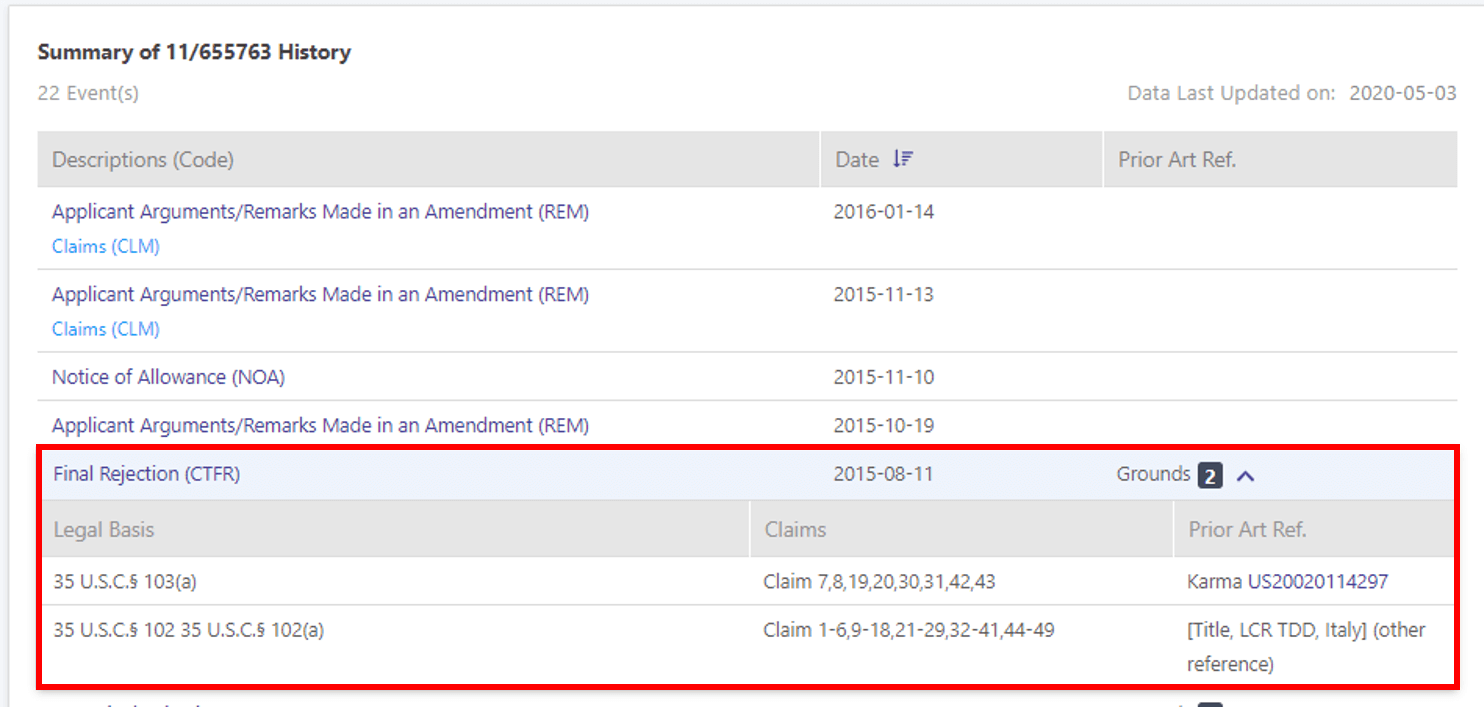
Claim Insights—a feature of Quality Insights—maps out each claim element with the prior art, to help you to discover how much the patent’s scope was narrowed down or modified during prosecution or PTAB proceedings. This feature allows you to perform a thorough search that can be done effectively even under time constraints.
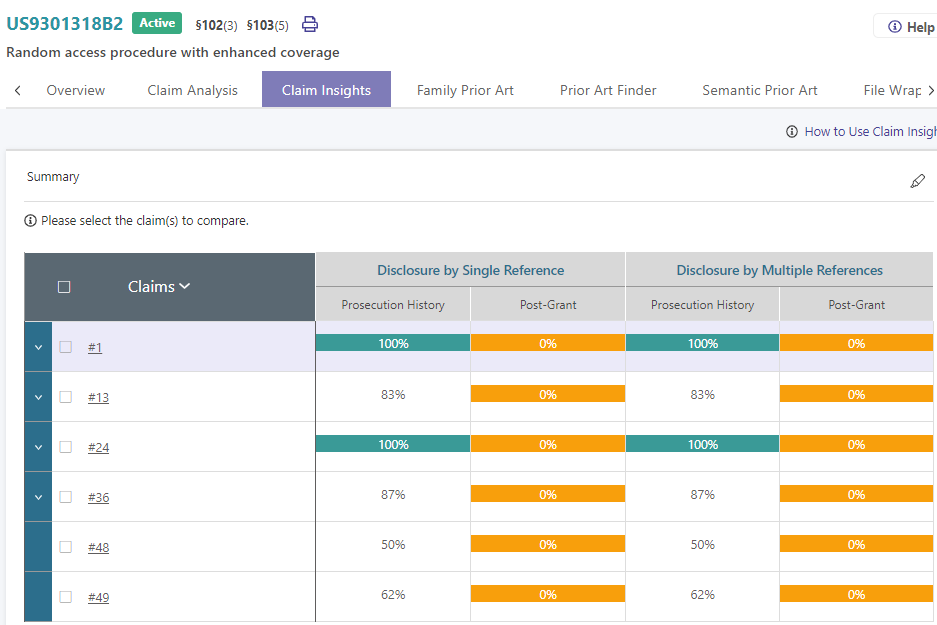
The Allowable Subject Matter is the key to a patent becoming granted—which is the uniqueness that sets it apart from others. It explains the examiner’s reasons for allowing these claims—in other words, examiners cannot find any prior art against these claims.
This piece of information can be found in the Notice of Allowance (NOA) document. If you can find prior art to disclose the allowable subject matter you are more than halfway to invalidating the patent.
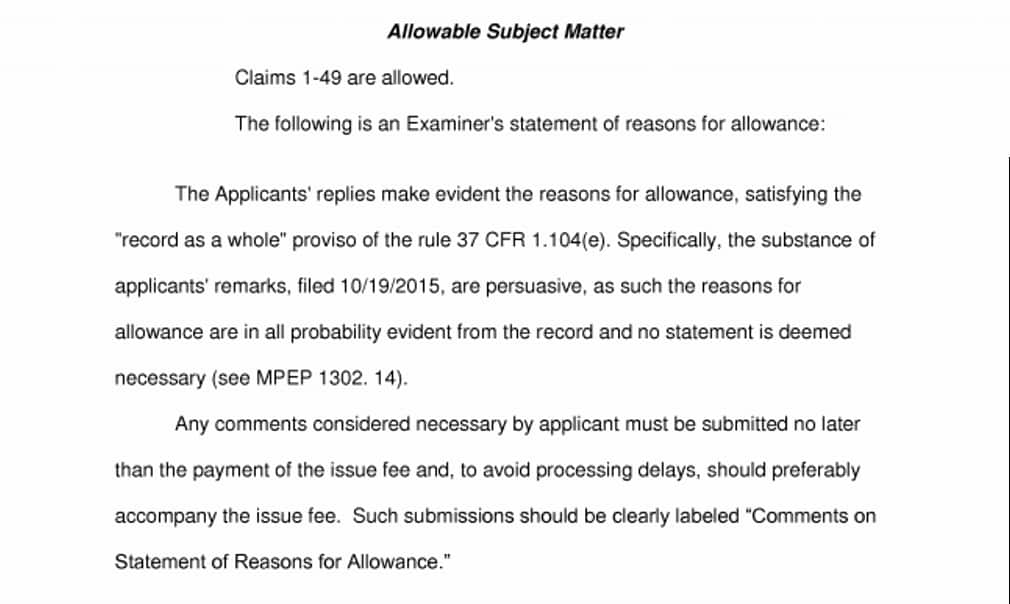
By having a thorough understanding of the definition of the patent claims and the allowable subject matter, you will be able to make more of an educated search for more precise prior art search results.
2. Locate the prior art
§ 102 and § 103 prior art has more relevance to the patentability of a patent claim than the one referred to by the patent examiner.
Besides the prior art references of the prosecution history, patent family prior art and its second degree prior art are also great places to discover strong prior art.
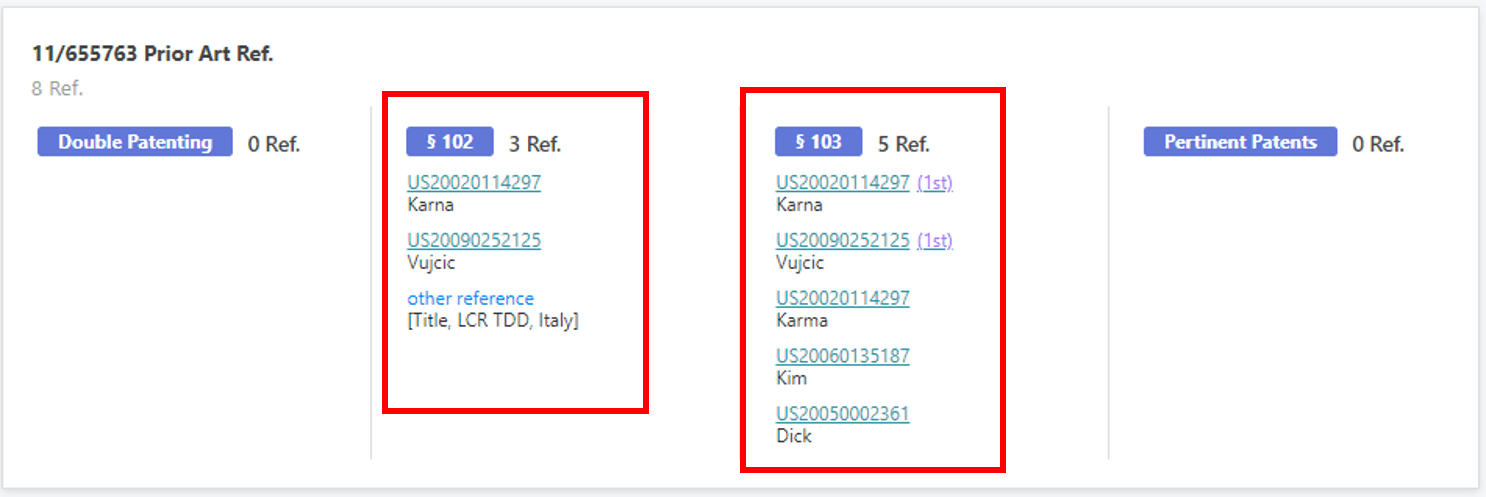
Family prior art shows you the disclosed prior art of the patent family. Any family related prior art may be used as invalidation evidence; especially, the citations of those abandoned (inactive, non-payment, or expired) family members.
If a patent’s family member is abandoned, there is a good chance that its citation can be used against the patent as invalidation proof.
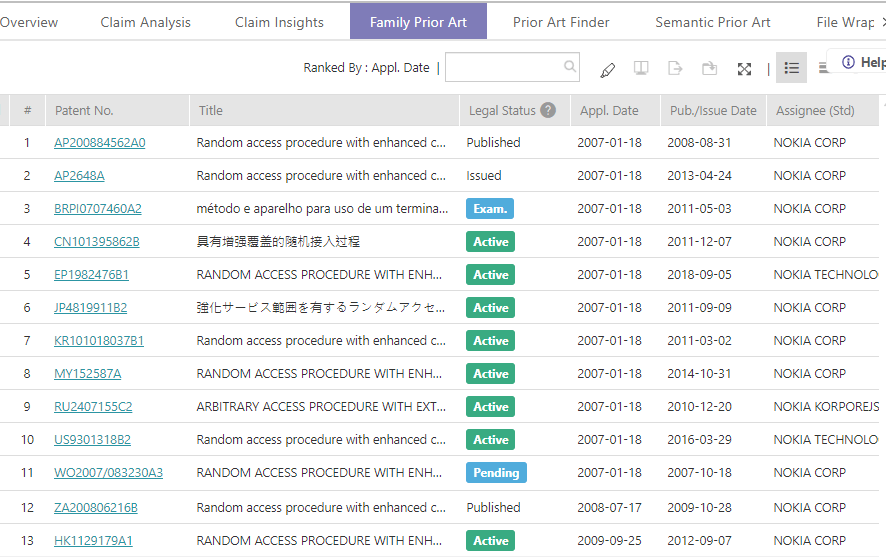
Another area to search for is the patent’s second degree references—second degree art. Once you’ve searched the patent’s first level of backward citations, why not do a deeper search and look into the next level of prior art.
Second degree art can be found in the following situations:
- Backward citations’ backward citations. The first degree art’s double patenting citations, § 102 rejections, and § 103 rejections. (Note that § 102 and § 103 rejections, by definition, are limited to US patent applications);
- Backward citations’ forward citations. The forward citations of the first degree art. The first degree art is either the double patenting, or the § 102 rejections, or the § 103 rejections of the forward citations.
- Forward citations’ backward citations. The backward citations of the first degree art. The backward citations include the double patenting, the § 102 rejections, or the § 103 rejections.
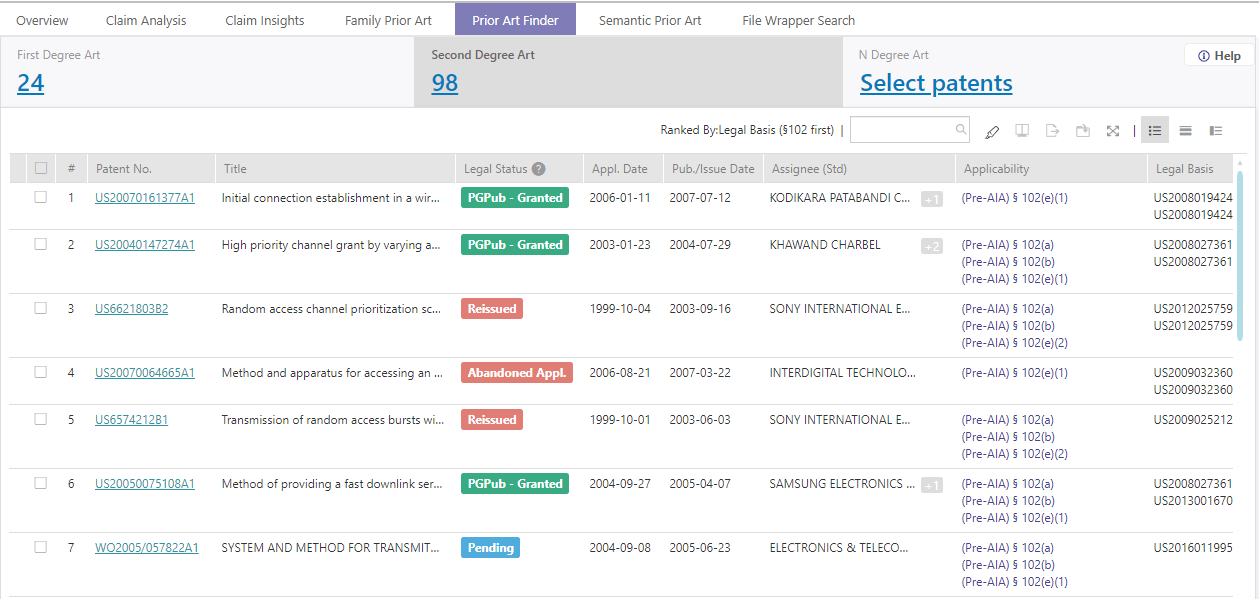
3. Prove that the invention was on sale or available for public use
If an invention is proven to have been on sale or publicly available in the USA within the twelve months prior to the date of the patent application filing, patented abroad, detailed in a publication, or previously recognized by inventors in the USA prior to the invention by the applicant, the patent can then be invalidated.
Read more articles covering the basics of patent law in the Handbooks and Guides section of the InQuartik blog.
To find out more about how to check the validity of a patent and try out the features mentioned above, take a look at Quality Insights and try it for free.

